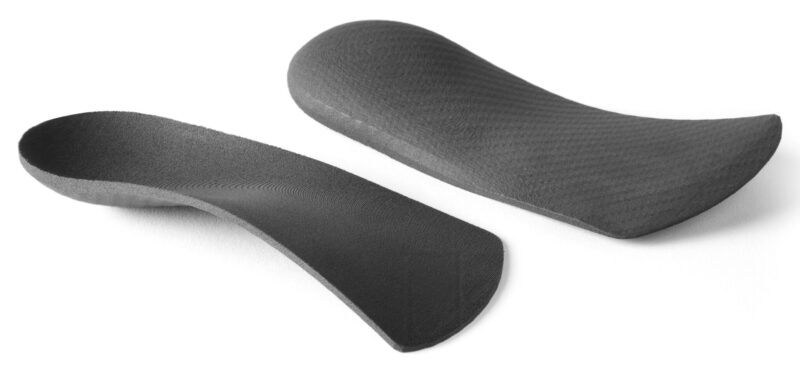In the realm of orthopedics and podiatry, innovation is continually reshaping the landscape. One such groundbreaking technology is 3D printing, and it has found its way into the creation of rigid insole shells. This article will delve into the fascinating world of 3D printing, focusing on the Formlabs Fuse 1+ 30W, and its remarkable capabilities in producing these rigid insole shells.
The Rise of 3D Printing in Healthcare
Over the past few years, 3D printing has made remarkable strides in various industries. Healthcare is just one example of its transformative capabilities. In orthopedics, it is revolutionizing the way we manufacture custom orthotic insole shells. Traditionally, orthopedic insoles are laboriously crafted by hand, often leading to inconsistencies in quality and fit. With 3D printing, these insoles can now be precisely customized to meet the unique needs of each patient.
The Formlabs Fuse 1+ 30W: An Overview
The Formlabs Fuse 1+ 30W is a state-of-the-art 3D printer that offers an array of features that make it a game-changer in the field of orthopedics.
- Cutting-Edge Technology: The Formlabs Fuse 1+ 30W boasts cutting-edge technology that ensures precision and reliability in every print. It uses advanced materials, like Formlabs Nylon 11 Powder, that are perfect for creating rigid insole shells.
- Speed and Efficiency: This 3D printer is offers a powerful 30-watt laser, enabling faster printing speeds while maintaining the highest level of quality. It ensures the swift production of rigid insole shells without compromising on accuracy.
- Scalability: The Formlabs Fuse 1+ 30W is scalable, making it ideal for clinics of all sizes. Whether you’re a small practice or a large hospital, this printer can cater to your needs effectively.
The Advantages of 3D Printed Rigid Insole Shells
- Unparalleled Precision: 3D printing allows for the creation of insole shells with unprecedented precision. The Formlabs Fuse 1+ 30W excels in producing insoles that fit perfectly, enhancing patient comfort and support.
- Customization: Every patient has a unique set of needs, and 3D printing ensures that insole shells can be fully custom to each patient’s requirements. Whether it’s for athletes, individuals with foot conditions, or simply those seeking greater comfort, customization is key.
- Durability: Rigid insole shells need to withstand the rigors of daily life. 3D printing with the Formlabs Fuse 1+ 30W and Nylon 11 Powder ensure the creation of durable insoles that are built to last.
How the Process Works
- 3D Scanning: The process begins with a 3D scan of the patient’s foot. This scan is the blueprint for creating the insole shell.
- CAD Design: Using specialized software, your team can create a CAD (Computer-Aided Design) model of the insole shell based on the 3D scan data.
- 3D Printing: The Formlabs Fuse 1+ 30W then takes over, using its advanced technology to turn the digital design into a physical insole shell.
Conclusion
In the world of orthopedics, 3D printing is pushing the boundaries of what’s possible in creating rigid insole shells. With the Formlabs Fuse 1+ 30W, we’ve seen how technology and healthcare can merge to provide unparalleled precision, customization, and durability. The future of orthopedics looks promising, with 3D printing leading the way.
FAQs
- Is 3D printing more expensive than traditional insole manufacturing methods? While the initial investment in 3D printing technology may be higher, the long-term benefits, such as reduced labor costs, customization, and precision, often make it a cost-effective choice.
- Can the Formlabs Fuse 1+ 30W be used for other medical applications? Yes, the Formlabs Fuse 1+ 30W is versatile and can be employed for various medical 3D printing needs beyond insole shells.
- How long does it take to produce a pair of rigid insole shells with 3D printing? The time required varies depending on factors such as complexity and the number of insoles being produced. However, the Formlabs Fuse 1+ 30W’s speed and efficiency significantly reduce production time.
- Are 3D printed insole shells suitable for athletes and sports enthusiasts? Absolutely. The customization and durability of 3D printed insole shells make them an excellent choice for athletes seeking enhanced performance and comfort.
- Is 3D printing technology environmentally friendly? 3D printing can be eco-friendly as it often produces less waste than traditional manufacturing methods. Additionally, some materials used in 3D printing are recyclable, further reducing its environmental impact.

